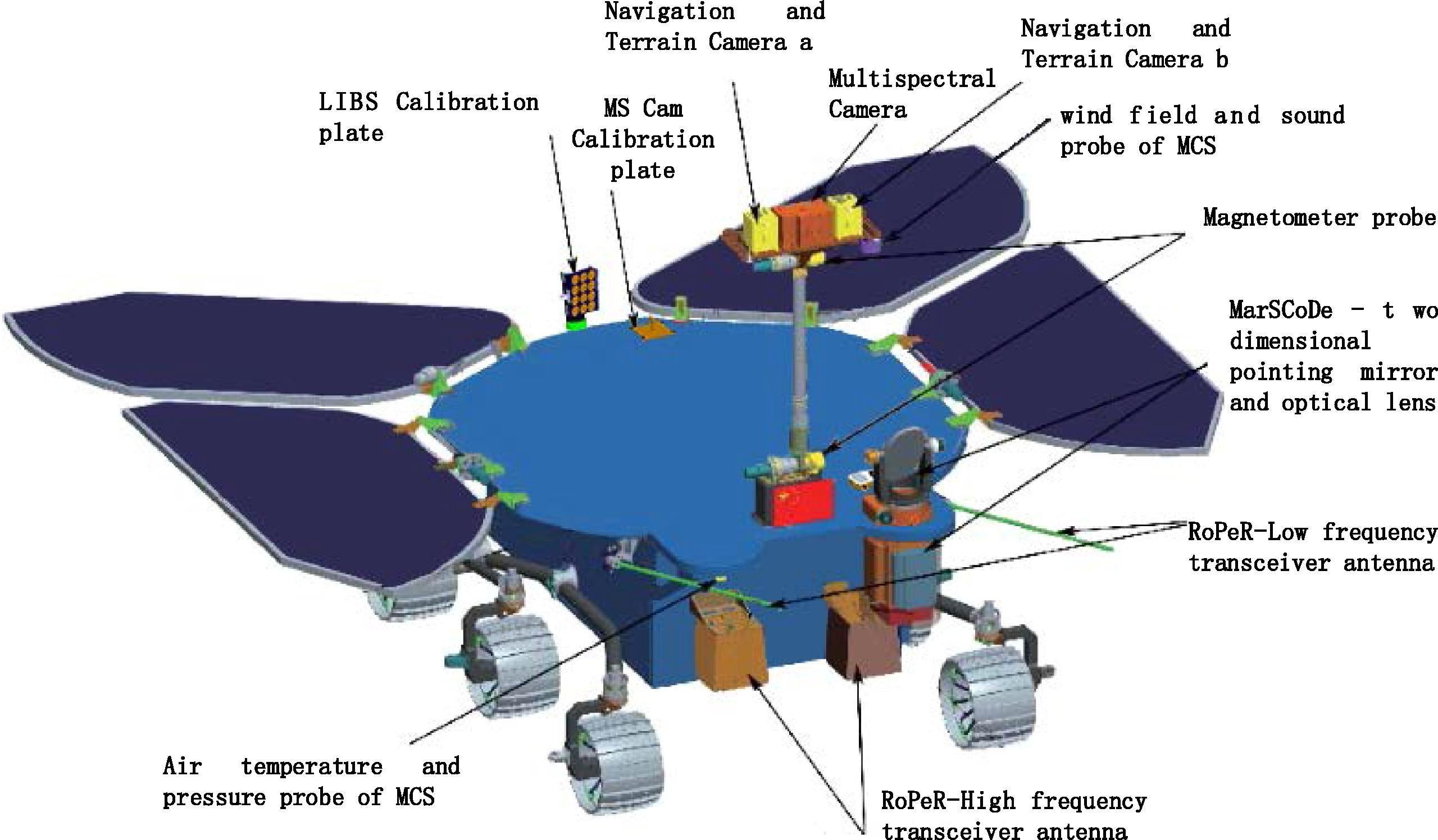Later today, China will attempt to become just the second country to successfully deploy a probe on Mars. Here’s what we know about this historic mission and how China will attempt to overcome its own “seven minutes of terror.”
After months of waiting, the cat is finally out of the bag. China’s secretive space agency had been tight-lipped about the timing of the landing, but Ye Peijian, a member of the Chinese Academy of Sciences, disclosed the information during a lecture in Beijing yesterday, saying the new rover will reach the Martian surface on Saturday, May 15 at 7:11 a.m. local time.
So here comes the #SevenMinutesOfTerror With Chinese Characteristics.
Tomorrow it is.
According to a source quoting CAST’s chief adviser of Interplanetary Exploration Ye Peijian in a conference this morning, Tianwen-1’s lander/rover will land on May 14 23:11 UTC! pic.twitter.com/whmiBmPr6N
— Cosmic Penguin (@Cosmic_Penguin) May 13, 2021
The China National Space Administration (CNSA) doesn’t typically provide live broadcasts of its space-based activities, so we’ll just have to wait for its official confirmation shortly after the time of the expected landing.
Launched in July 2020, China’s Tianwen-1 probe reached the Red Planet on February 24, where it’s been orbiting ever since. The probe, which also deployed an orbiter, is now set to dispatch a lander carrying the six-wheeled rover.
Protected by a heat shield, the lander will hit the Martian atmosphere at speeds reaching 5 km per second, followed by “seven minutes of terror” — a phase when mission controllers cannot react quickly enough given the tremendous distance involved (it takes radio signals nearly 18 minutes to reach Mars).
The lander will “employ two reliable technologies — a laser range finder to work out where it is relative to Martian terrain and a microwave sensor to determine its speed more accurately,” Deep Bandivadekar, a PhD candidate at the University of Strathclyde, explained in a post published at The Conversation. “These will be used for navigational correction during its parachuted descent phase. During the powered descent phase at the end, optical and Lidar imaging will assist in hazard detection.”

After landing in Utopia Planitia, the craft will deploy a ramp, which the 240 kg rover will use to reach the surface. The Zhurong Mars rover, whose name translates to “fire god,” will spend the next three months using its various scientific instruments to study the Martian regolith, rocks, geology, and atmosphere. The rover will also search for signs of subsurface water ice. This is now the second mission to Utopia Planitia, the previous being NASA’s Viking Lander 2 in 1976.
Should the landing be successful, China will be just the second country to land a functioning probe on Mars, the United States being the other. Some might quibble, and include the Soviet Mars 3 lander, which performed a soft landing on Mars in 1971 (the very first soft landing on Mars, to give them credit), but it managed to transmit data for a mere two minutes before permanently shutting down (the probe managed to send a single grey image with no details). A total of nine NASA missions have reached the Martian surface since 1976. The European Space Agency tried to land a rover as part of its 2016 ExoMars mission, but the Schiaparelli lander crashed due to a software error.
Along with NASA’s Perseverance rover and the UAE’s Hope probe, the Tianwen-1 mission is one of three missions to reach Mars this year. If successful, Zhurong will join Perseverance (along with its helicopter), the Curiosity rover, and the stationary InSight probe in conducting science on the Martian surface.
